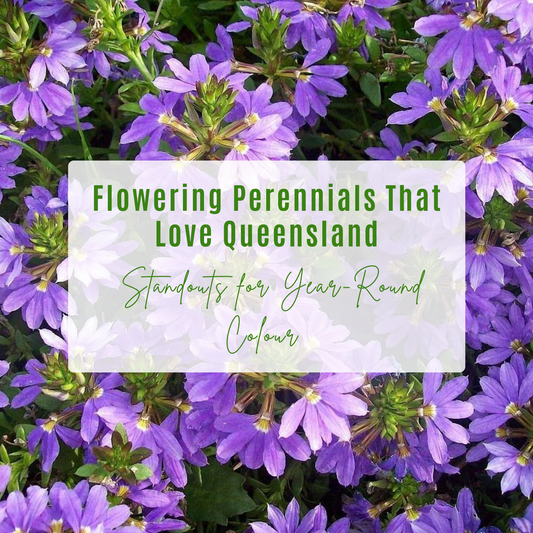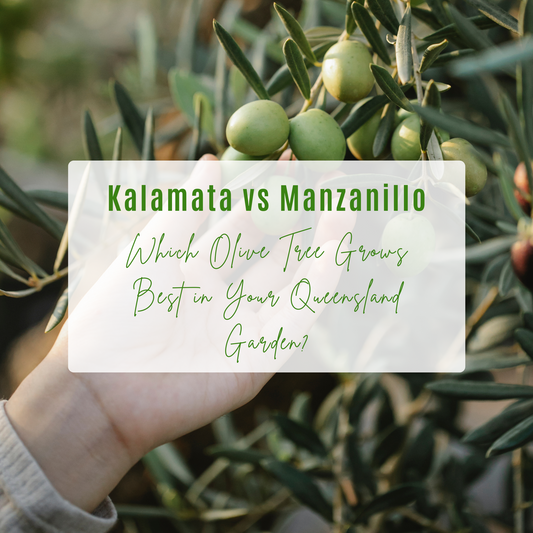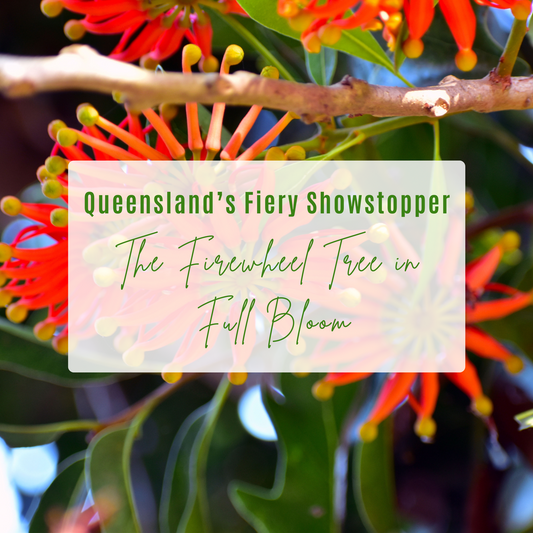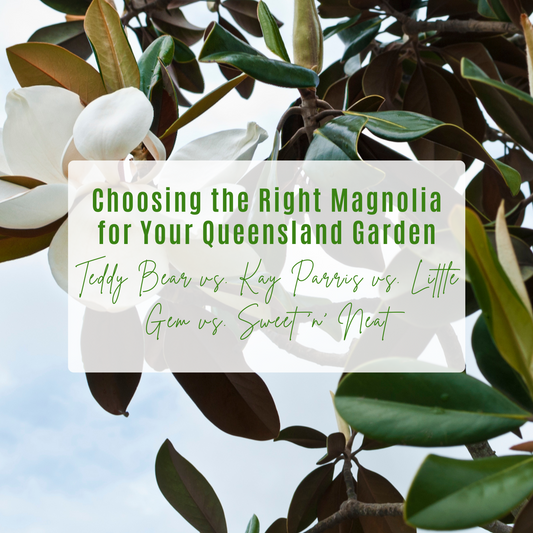
Walk beneath Queensland’s winter sky and you might spot it - towering above the canopy, ablaze with crimson spokes that look almost too perfect to be real. This is Stenocarpus sinuatus, known affectionately as the Firewheel Tree - a native rainforest gem currently lighting up streets, backyards, and botanical walks across the Sunshine State.
A Native Worth Noticing
The Firewheel Tree is no shrinking violet. Native to the subtropical rainforests of northern New South Wales and southern Queensland, it commands attention not just with its striking looks, but with its proud heritage. Growing up to 30 metres tall in its natural habitat - or a more manageable 10–15 metres in cultivation - it’s well suited to larger suburban gardens, parks, and acreage blocks.
What makes it truly spectacular are its wheel-shaped flowers, each a perfectly sculpted ring of red-orange blooms fanning out from a central hub, much like a firework frozen mid-burst. Flowering mainly in winter and early spring, it adds a vibrant warmth to the cooler months - something few other trees can match.
Beauty with Benefits
Beyond aesthetics, the Firewheel Tree plays a vital role in the ecosystem. Its nectar-rich blossoms draw in native birds such as honeyeaters, rainbow lorikeets, and even butterflies. And its glossy evergreen foliage offers year-round shade and structure, making it an excellent choice for creating natural privacy or a shady garden retreat.
For Queenslanders keen on supporting biodiversity or encouraging pollinators into the garden, this tree is a top pick. It’s proof that planting native doesn’t mean compromising on visual drama - this one delivers both.
Growing One at Home: What You Need to Know
While it might have rainforest roots, the Firewheel Tree adapts well to cultivation—especially in warmer regions like coastal Queensland. Here’s what it loves:
- Sunlight: Full sun to part shade. The more sun it gets, the more flowers you’ll enjoy.
- Soil: Well-drained, slightly acidic soil. It appreciates rich, loamy soil but can adapt to sandy conditions with a bit of compost love.
- Watering: Moderate water needs. Young trees need regular watering, especially through dry spells, but once established, they’re surprisingly resilient.
- Positioning: Give it space to grow. It’s a slow starter but rewards patience with a commanding shape and stature in time.
Gardeners with smaller blocks might consider growing it as a feature tree in a large pot -especially in one of our handmade stone-look planters, which mimic the earthy tones of its natural environment while giving roots room to breathe.
A Tree That Tells a Story
There’s something almost mythical about the Firewheel Tree. Maybe it’s the way its flowers seem too symmetrical to be natural. Or how it waits until midwinter - when most gardens are in retreat - to reveal its full glory. It feels like a secret Queenslanders are lucky enough to share.
So whether you’re planting one, photographing one, or simply admiring it on your morning walk, take a moment to appreciate this marvel of native design. In a world of fast-growing imports and flashy ornamentals, the Firewheel Tree stands tall as a symbol of patience, pride, and place.




